Tweeting the whole person – social networking for doctors

Pictured lying on resuscitation trolleys, ward floors and a helipad, seven A&E staff were suspended in 2009 from the Great Western Hospital in Swindon. It was alleged they were playing the ‘lying down game’ during a nightshift. How did they get caught? By posting photos of the stunt on Facebook.
Alas for some, this blog is not about how to avoid getting caught taking part in Internet crazes; it’s about the dual dangers and opportunities of using social media platforms as a doctor. Yes, there are opportunities too – but they may need careful navigation. We’ll look at Facebook and Twitter mostly, but also touch on blogging too.
In May 2011 the BMA published a document entitled Using Social Media: practical and ethical guidance for doctors and medical students. The headlines appeared mostly negative and limiting, but reflected a sensible appreciation of the very real dangers out there (as highlighted in the example above). Here’s a flavour of some key points (paraphrased):
- Don’t become friends with patients on social networking sites as you may damage professionalism becoming party to information not disclosed in the consulting room.
- Be careful that what you post doesn’t break patient confidentiality – this can be very subtle e.g. through jigsaw identification of facts about a patient from a seemingly harmless status.
- Do what you can to keep confidential information private etc. You don’t want to attract stalkers anymore than you want patients to know that you’re having a bad day today.
Chairman of the BMA’s Medical Ethics Committee Dr Tony Calland says:
‘Social media presents doctors and medical students with opportunities, as well as challenges. The BMA guidance is important as it provides doctors with the tools to prevent potential social media pitfalls.
‘Medical professionals should be wary of who could access their personal material online, how widely it could be shared and how it could be perceived by their patients and colleagues.’ (Nursing Times, 15 July 2011)
Public or private
With over 750 million users of Facebook, over 200 million on Twitter and a growing number on Google+, social networking sites are not only ubiquitous in society, in many cases they are our society. Whether in public or private life, doctors are no more immune to the perpetual call to like or follow. But what about immunity to hackers and scammers? Social networking sites are prime targets, and if you don’t take the right precautions you greatly increase your risk of being attacked online.
Here are a few things you can do to protect your account/s:
- Enable secure browsing using https. This can be found under the account settings tabs of most social networking sites.
- Check what levels of privacy you have set up.
- Remember to log out when you are moving from one appliance to another (e.g. from Facebook on your Laptop to Facebook on your phone).
- Choose a password with a mixture of upper and lower case letters and other characters, and change it as regularly as is practical.
For more information on Facebook security see this Sophos guide; for more on Twitter security see this article on Twitip.
Humanising the industry
Then there are the ‘opportunities’ that doctors have in the social media sphere.
Take blogging.
Offering a doctors’ perspective on issues related to healthcare, but in a tone and language onhealthy silagra that is more approachable by non-medical people can help to humanize the industry. It’s about helping to unlock some of the mystery behind medical decisions, writes Rohit Bhargava in the Fresh Influence blog.
US doctor, Kevin Pho, says he gets 250,000 page views a month on his blog, and has more than 22,000 followers of @kevinmd on Twitter.
‘You need to have a diverse array of ways to reach patients […] Patients are on Facebook. Patients are on Twitter. Patients are on blogs.’ (USA Today, 7 July 2010)
Kim Newell is a paediatrician who tweets and blogs about child health and parenting. She says (in a comment to the USA Today article above):
‘Parents are looking for authoritative but personal information to help them navigate all of the health information they find in today’s media, and I find that using social media helps me to reach more than just the patient in my exam room, hopefully saving patients and parents unnecessary anxiety and saving physicians and other health care providers unnecessary visits.’
Blogging, Tweeting and Facebooking can be used in a positive way, to give authoritative information and guidance. It’s just key to avoid the personal.
It shouldn’t be about ‘who you are’ but about providing sound information that helps people deepen their understanding of important health concerns. The social good that comes from doctors making their expertise more accessible often outweighs the potential risk of litigation, according to @seery on Twitter.
Patients can be encouraged to keep connected, resourced and aware of medical issues using social media. Of course, this can put more pressure on doctors who have to perhaps cut through a field of questions from patients who’ve been googling for hours. Some patients, including the elderly, may not even have Internet access, so this has to be borne in mind – but generally there are opportunities created by such a plethora of information available.
Taming the tongue
A mistake made by a doctor usually has a far bigger ripple effect than positive actions, as the seven A&E staff at the top of this blog post are probably reflecting.
As doctors and Christians we are called to be a force for good but also to watch our steps. Don’t underestimate the dangers, but don’t overlook the opportunities that using social media can have. As James 3 says:
1 Not many of you should become teachers, my fellow believers, because you know that we who teach will be judged more strictly. 2 We all stumble in many ways. Anyone who is never at fault in what they say is perfect, able to keep their whole body in check.
3 When we put bits into the mouths of horses to make them obey us, we can turn the whole animal. 4 Or take ships as an example. Although they are so large and are driven by strong winds, they are steered by a very small rudder wherever the pilot wants to go. 5 Likewise, the tongue is a small part of the body, but it makes great boasts. Consider what a great forest is set on fire by a small spark. (James 3, NIV)
Tweet well; like thy neighbour, and share your life appropriately.


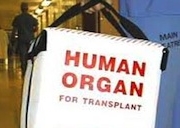

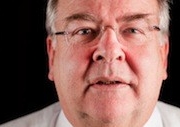
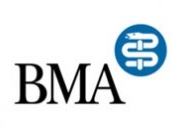
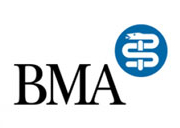
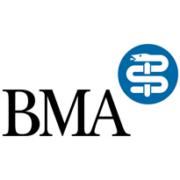
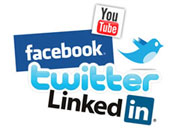


Leave a Reply
Want to join the discussion?Feel free to contribute!